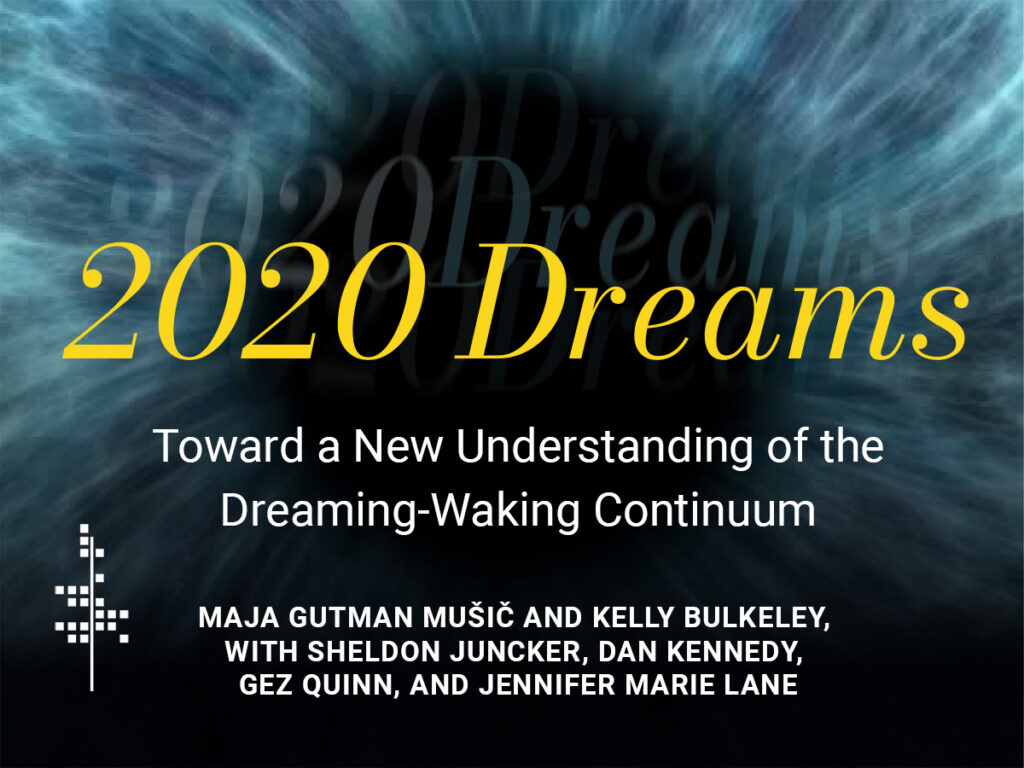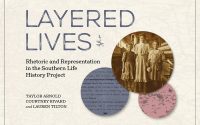On the Importance of Dreams in the Digital Age
Subjective experience, semantics, and machine analysis as a tool

Dreams matter.
This overarching premise, of almost mantric proportions, has historically guided the endeavors of thinkers and scholars striving to understand the nature and workings of dreams. Traditionally, the study of dream content has been situated within philosophy, religious studies, and, later, analytical psychology. However, recent advancements in data science and computational linguistics have disrupted its compartmentalized status. By advancing the study of dreams into the field of computationally measurable observation, where their content is scientifically validated and analyzed using various theories, dreams have gained renewed interest. Today, more than ever, the question arises: Why exactly do dreams matter?
Dreams and Qualia
In his widely discussed essay, “What Is It Like to Be a Bat?”, Thomas Nagel discusses the elusive nature of subjective experience. Rooted in our first-person perspective, we are eternally limited by the inability to fully experience the existence of another being. In the philosophy of mind, this subjective experience is known as qualia—a term that encapsulates the realization that while I, as an individual, know and feel my existence, I can only observe and imagine the subjective experiences of others. Just as I will never know what it is like to be a bat (or any other sentient being), I will never fully perceive someone else’s dreams. Even if scientific advancements allow us to externalize and replay someone’s dreams in a strictly cinematic sense, as suggested in Wim Wenders’ science fiction movie “Until the End of the World,” the direct experience of perceiving them as our own would forever remain beyond our grasp.
Dreams emerge, perpetually morph, and, in many instances, almost entirely vanish upon awakening. These nocturnal sensations might be considered mental formations similar to clouds, constantly changing and evolving. In essence, dreams are always becoming. The only way to articulate the phenomenal properties of dreams is to externalize them through language or imagery. Should this epistemological truth discourage us from further investigations? Or would it be more prudent to systematically consolidate the extensive knowledge amassed by long-established theories on dreams and transfer this abundance of knowledge into the digital realm?
Seeing dreams through the lens of data analytics
It is now widely acknowledged, especially within Western culture, that dreams are inherently personal, particularly in their phenomenal aspects. Nevertheless, a paradox arises. Despite our perception that dreams are uniquely ours, the empirical science frequently indicates otherwise: even with the immense array of scenarios that can occur in our nocturnal experiences, dreams appear to be fractal. This observation is not new. Jung wrote that dreams, once statistically observed, show remarkable patterns. At the time, his observations were based on close reading of hundreds of dreams, long conversations with his patients, and manual annotations. Today, we express our dreams through chats, apps, and social media platforms. In other words, dream reports have become machine-readable. Before we get the new mechanical Petri dish ready to smear the content of thousands of nocturnal sensations, it is worth keeping in mind that this is only one of many methods to study dreams.
The latest advancements in natural language processing tools (NLP), combined with increasing processing power, allow researchers to analyze large amounts of text with unprecedented speed and at a more distant level. If collected on a large scale, dream reports also fall into this category and can be examined on temporal, geographical, individual, or population levels. With the idea to explore patterns in dreaming and their potential correlations to waking events, the 2020 Dreams research project was born. We observed over 2,000 dream reports from ten individuals to detect potential correlations between their dreams and the epochal events in 2020. Our main findings suggest that dreams empirically reflect both personal and collective concerns in a meaningful way. Relationships with others stood out among personal continuities between waking and dreaming life, while collective concerns were primarily centered around the ongoing pandemic.
In another part of our study, we employed a modified version of an NLP tool called Explicit Semantic Analysis to assess the semantic similarity across more than 25 million comparisons between dreams and news articles. By contrasting 2,199 dream reports from year-long journals with thousands of Associated Press news reports, we discovered that the semantic resemblance between news and dream reports steadily grew over time. This finding suggests that as the events of 2020 unfolded (including the pandemic, presidential elections, natural disasters, and racial protests), the participants’ dreams increasingly mirrored news content, indicating a significant linguistic adaptation.
The findings from this small group unquestionably emphasize the limitations of our specific study while simultaneously highlighting the untapped potential for broader research on dreaming in relation to collective realities.
Epistemological richness vs. raw data
Moving dreams from their theoretical abundance to empirical and digitally driven domain can be delicate. Our aim is not to demystify what is likely the most creative mental formation known to humankind. Dreams will and should always be considered valuable encrypted messages from another realm, where laws of narration often lose their primacy. Their fragmented, elusive, and distorted language has posed one of the greatest challenges to thinkers and scholars for centuries. This long historical tradition of intellectual courage should be acknowledged, reminding us that in the quest to understand dreams, a plethora of conceptual frameworks is essential.
It also teaches us that we must patiently and respectfully collect the fragments of dreams that emerge through thick layers of memory into the shores of waking consciousness. Upon awakening, each of us navigates through the remnants of what was, just moments ago, a monumental dreamscape, attempting to reconstruct the experience and comprehend its meaning. We do this because our waking mind is a meaning-making, storytelling apparatus with a propensity to create explanations—any explanation—to impose a sense of order and eventually keep us away from entropy.
After all, making sense of bits and pieces is at the core of human reasoning, as evidenced by almost every specimen gathered in our archaeological or anthropological quests. Humans are a species of endless interpretations (many of which are epistemically proven incorrect over time). We construct meaning and explanations based on samples, data, and inductive reasoning. From this perspective, dream reports are no different from actual physical artifacts. Hopefully, such an analogy provides some reassurance to researchers intrigued by dreams and their cryptic nature.
When theory and data join forces
The reader should now already understand the point of this argument: the study of dreams should stay rooted in long-standing theories while embracing the advancements of data science. Well-established conceptual frameworks will maintain the integrity and quality of thought and ideally guide NLP and AI-driven tools to accurately extrapolate meaningful structures from the vast number of dreams.
Furthermore, with access to extensive dream data and exponentially increasing computational power, we are now capable, for the first time, of observing the unconscious workings of collective dreaming. This macro approach already provides insights into the spiritual, emotional, and mental well-being at a population level, revealing a markedly different picture of human reality compared to what is typically portrayed on social media platforms.
Where do we go from here?
Dream reports represent a novel source of sensitive psychological data capable of uncovering fundamental aspects of the human psyche. The ethereal language of dreams, once processed at the machine reading level, promises to reveal a distinct perspective on human dreaming, whether on an individual level (through emerging dream diaries and apps) or on a collective level. For instance, data-rich repositories such as Sleep and Dream Database (https://sleepanddreamdatabase.org/) already provide curious researchers with a large number of carefully collected reports. With thousands of recorded dreams, the empirical validations of centuries-old theories can begin. One such endeavor is the study of archetypes—the universal and timeless motifs that appear across cultures and can be traced in art, literature, mythology, and dreams. This study is computationally feasible and can be presented through compelling data visualization. A promising direction for future research would involve creating a plotted constellation that illustrates the most commonly dreamed archetypes and symbols alongside their correlations to specific cultural or temporal contexts (such as demographic groups or particular periods). One might envision that this approach, based on a solid representative sample, would finally draw out the first-ever portrait of the collective unconscious. For those who stay on the pragmatic side, it is reasonable to assert that it would most likely provide a comprehensive understanding of the psycho-social dimensions of collective well-being.
Regardless of the direction future dream research may take, it is our responsibility to treat these fragile, sincere, uncensored, and majestic manifestations of the unconscious mind with the utmost care and wonder.
Start exploring 2020 Dreams >>
This entry is cross-posted on the Stanford University Press blog.



